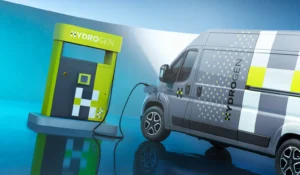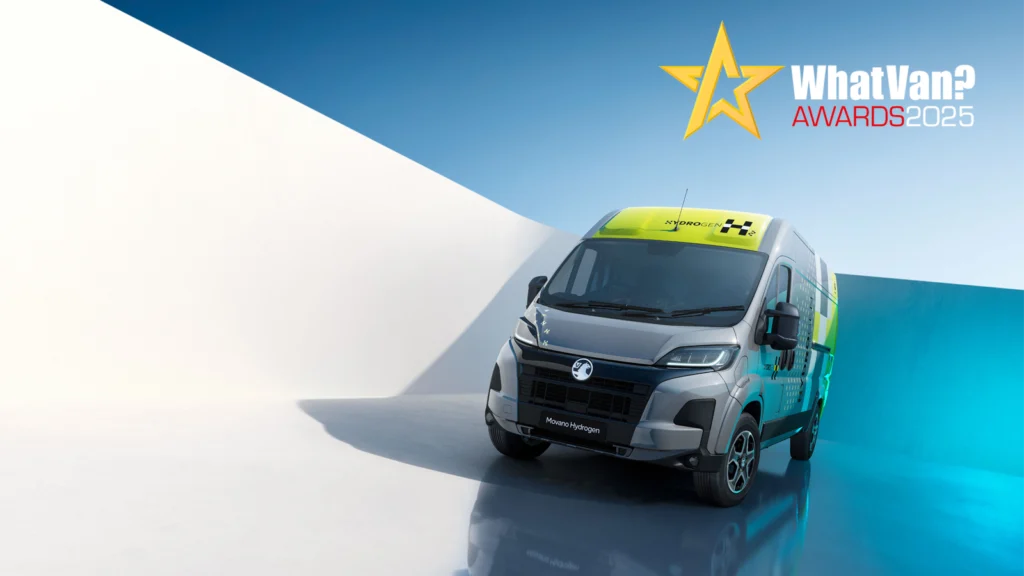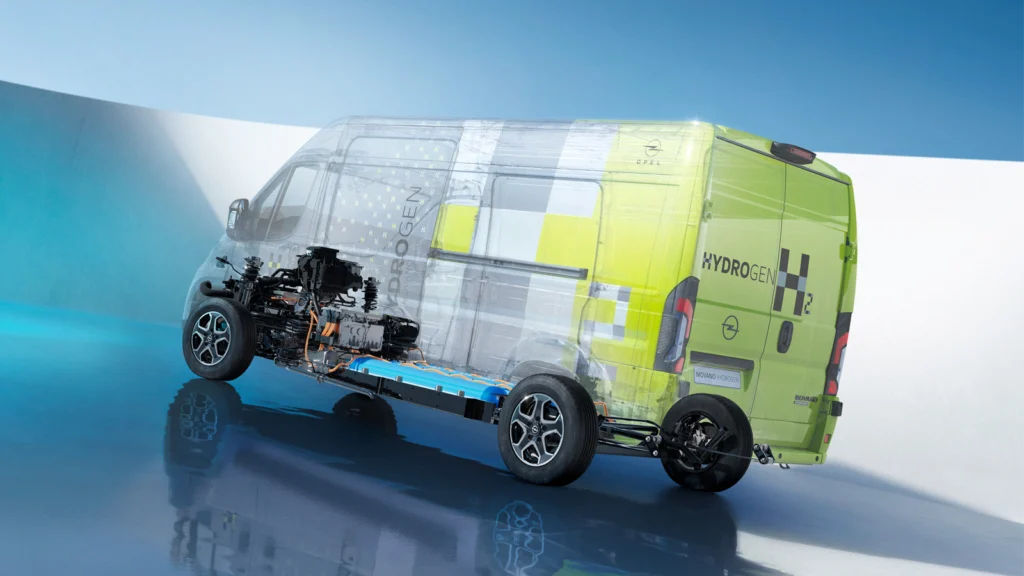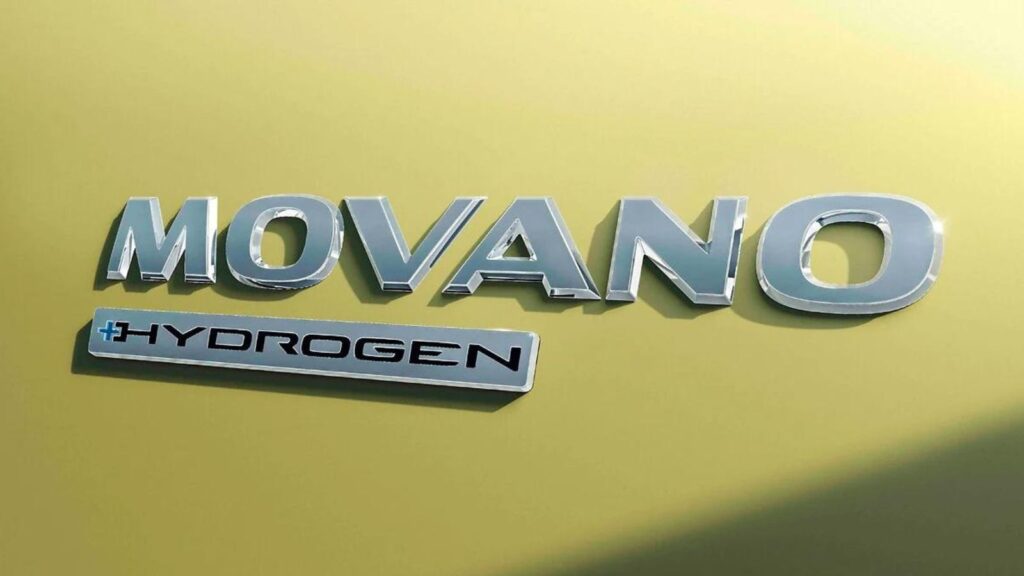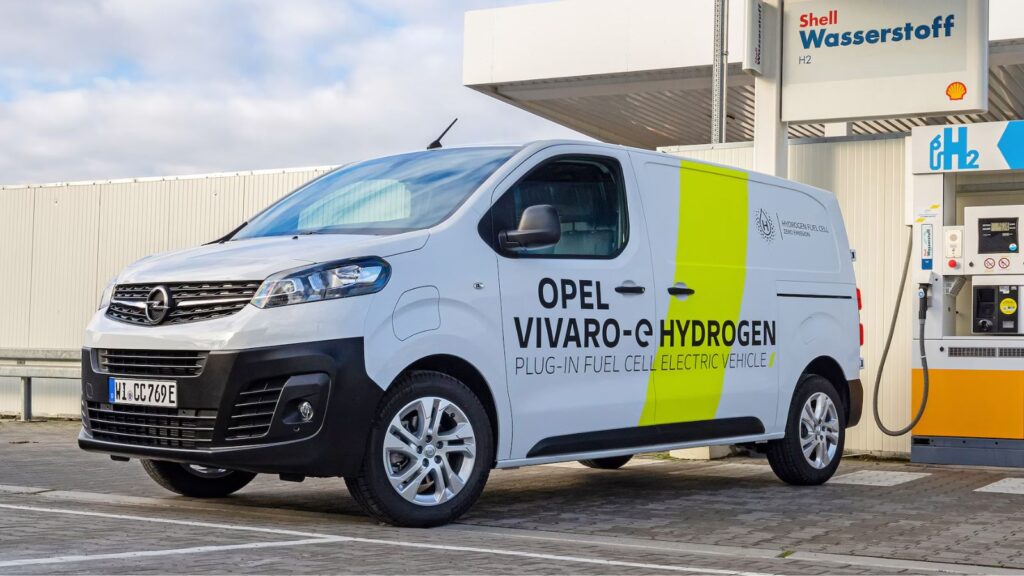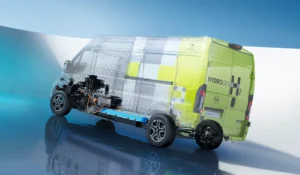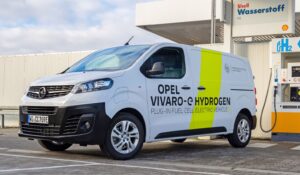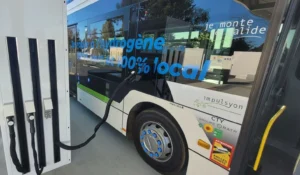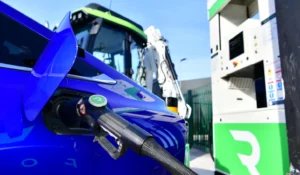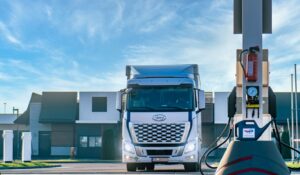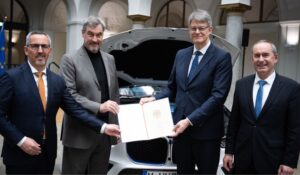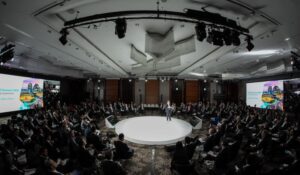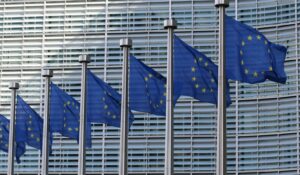France backs hydrogen vans in €9 billion national strategy reboot
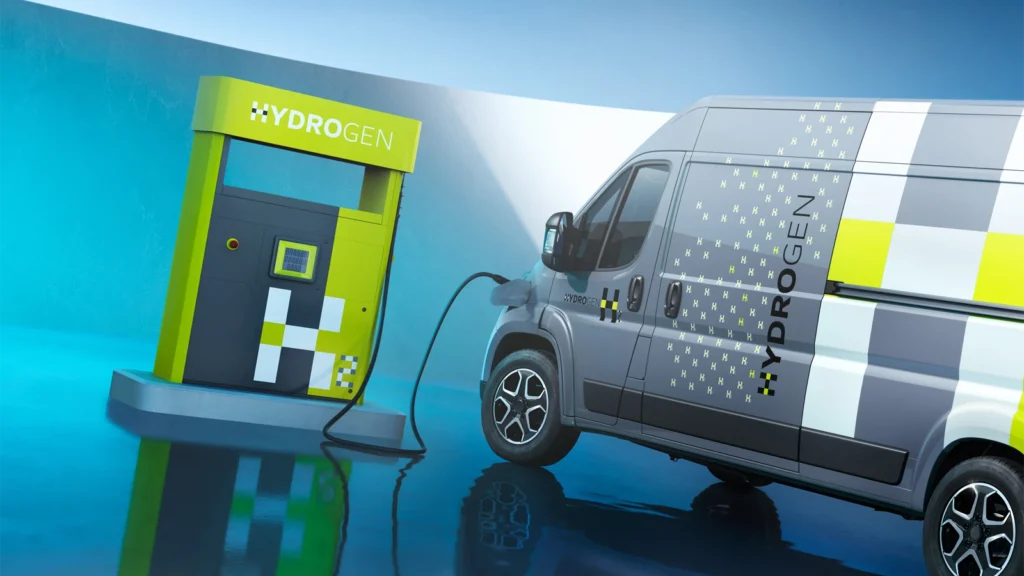
France has updated its National Hydrogen Strategy, reaffirming a €9 billion funding envelope and introducing clearer targets for production, infrastructure and deployment – alongside new support for hydrogen vans.
Announced on 16 April 2025, the revised strategy narrows its focus to the sectors where hydrogen is most likely to succeed: high-usage commercial vehicles, hard-to-electrify industry, and large-scale refuelling infrastructure.
The government is targeting 4.5 GW of electrolysis capacity by 2030, rising to 8 GW by 2035 and plans to roll out 100 public hydrogen stations.
The update also includes a new call for projects launching in 2025 to support hydrogen-powered light commercial vehicles (LCVs) – the first time this vehicle segment has received dedicated national support.
Symbio, the French fuel cell manufacturer jointly owned by Stellantis, Forvia and Michelin, welcomed the move as “major support for a French sector of excellence.”
Symbio supplies fuel cells to Stellantis’ mid-size hydrogen vans, including the Opel Vivaro-e Hydrogen and Peugeot e-Expert Hydrogen.
The vehicles are assembled in Rüsselsheim, Germany, but based on platforms developed in-house by Stellantis. The automaker is gearing up to expand its hydrogen van lineup with a spring 2025 launch of larger models like the Movano, Boxer and Ducato.
Backing French industry amid wider market pressures
France’s emphasis on hydrogen mobility comes as its domestic auto industry faces growing pressure.
Domestic demand is sagging, with French new‑car registrations falling 6.2% year‑on‑year in January 2025, the steepest drop among Europe’s five largest auto markets.
Meanwhile, rising imports of low-cost Chinese EVs have triggered trade tensions across Europe, with the European Commission increasing tariffs of up to 45% on Chinese electric vehicles last October.
Against that backdrop, France’s updated hydrogen policy reflects more than decarbonisation aims – it’s also about retaining industrial competitiveness.
Companies like Symbio and station manufacturer Hydrogen Refuelling Solutions (HRS) represent key domestic players in the hydrogen value chain, and the strategy’s structure appears designed to support their scale-up.
Infrastructure plans aligned with EU targets
For mobility, the revised plan reinforces hydrogen’s role in commercial and high-demand transport segments – logistics, municipal fleets, construction equipment, and long-range heavy-duty vehicles.
France’s revised plan pares the 2030 electrolysis goal to 4.5 GW (8 GW by 2035) and promises a public hydrogen‑refuelling backbone sized to meet the EU’s AFIR rule of one 700‑bar, 1‑tonne/day station every 200 km on the core TEN‑T network – roughly a hundred stations by decade’s end, enough to anchor high‑uptime commercial fleets.
HRS, headquartered near Grenoble, said the strategy confirms France’s focus on “heavy and intensive mobility.”
The company has deployed 28 hydrogen stations to date and offers modular systems with daily capacities from 200 kg to 4 tonnes. It says it can manufacture up to 180 stations per year, with lead times of 6 to 12 weeks.
HRS is also the only French station manufacturer participating in the European RHEADHY programme, which aims to validate new high-flow 700-bar refuelling protocols capable of delivering 100 kg of hydrogen in under 10 minutes. A twin-nozzle system co-developed with Toyota is due to enter service in 2026.
Industrial hydrogen and electrolysis support
On the production side, the strategy confirms France’s focus on low-carbon hydrogen via electrolysis.
The country is targeting 4.5 GW of installed capacity by 2030 and 8 GW by 2035 – primarily powered by its extensive low-carbon electricity mix, including nuclear and renewables.
€4 billion of the total funding envelope is earmarked to support hydrogen production and industrial decarbonisation in sectors such as steelmaking, fertilisers, chemicals and refining.
These are seen as priority areas where hydrogen can reduce emissions without disrupting core processes.
Support measures include long-term electricity contracts for hydrogen producers and extended compensation for indirect carbon costs – both intended to improve competitiveness against fossil-derived hydrogen.
Lhyfe, the French renewable hydrogen producer, described the updated strategy as a turning point: “It now provides the clarity and long-term visibility that stakeholders across the hydrogen ecosystem need to move forward,” said CEO Matthieu Guesné.
Transport, storage and supply chain development
The strategy also backs a dedicated hydrogen pipeline linking production hubs to heavy‑industry clusters – starting with feasibility work around Dunkirk – but deliberately defers announcing a total kilometre figure until the GRTgaz‑led studies conclude, signalling that route length and phasing will follow market demand rather than preset quotas.
France Hydrogène, the national industry association, described the updated plan as a “strategic compass”, adding that it corrects the lack of clarity that followed the original 2020 strategy.
The revised plan also includes continued support for IPCEIs – Important Projects of Common European Interest – and the renewal of ADEME’s “Technology Bricks” programme to fund R&D and component development across the hydrogen value chain.
E-fuels and remaining blind spots
The strategy also reinforces support for synthetic fuels, particularly for aviation and shipping.
Four synthetic aviation fuel (SAF) projects have received funding for advanced engineering, backed by a €200 million national fund announced in 2023. Final investment decisions are expected in 2026.
One omission highlighted by France Hydrogène: no measures were included to support stationary hydrogen applications in island territories or off-grid zones, despite hydrogen’s potential to provide clean power where grid access is limited.
A more structured plan for a more urgent moment
France’s hydrogen reboot doesn’t dramatically increase spending – but it does offer a clearer structure for how that funding will be used.
Hydrogen vans, buses, and trucks are now backed by targeted policy, infrastructure planning is aligned with EU rules, and industrial users have the tools to invest.
At a time when France’s auto market is losing ground to foreign imports, and manufacturers are under pressure to decarbonise without outsourcing production, this strategy reflects more than climate policy.
It’s also a calculated bet on national capability – built in France, scaled in France, and backed by a government looking to secure the country’s place in the energy transition. You have to respect the French.

